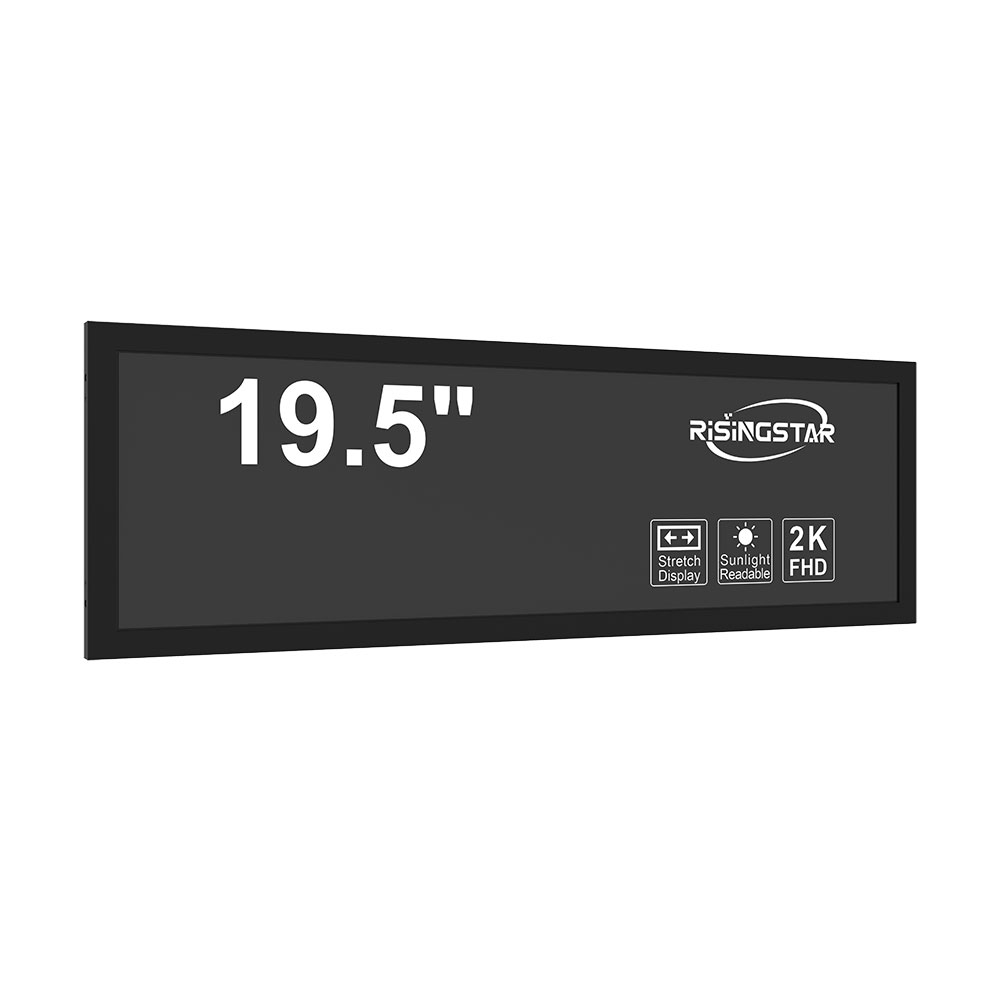
Privacy statement: Your privacy is very important to Us. Our company promises not to disclose your personal information to any external company without your explicit permission.
BOE (BOE Technology Group Co., Ltd.) is a global leader in display technology, especially known for its high-performance TFT LCD panels used across industrial automation, automotive infotainment, medical devices, and consumer electronics. A key component of these displays is the TFT LCD panel interface, which determines how data and signals are transmitted between the controller board and the screen. Whether you're integrating a BOE TFT LCD into a ruggedized IoT device or designing a sleek smart home dashboard, understanding this interface is critical to performance, durability, and user experience.
The most common interfaces found in BOE TFT LCD panels include RGB (Red, Green, Blue) parallel, LVDS (Low-Voltage Differential Signaling), and eDP (Embedded DisplayPort). Each has distinct advantages depending on the application. For example, RGB is widely used in legacy systems due to its simplicity and compatibility with microcontrollers like Arduino or STM32—ideal for hobbyists and embedded engineers. LVDS, while more complex, offers higher bandwidth and lower electromagnetic interference (EMI), making it ideal for automotive dashboards and industrial control panels where reliability is non-negotiable. eDP, a modern digital interface, supports higher resolutions (up to 4K) and reduced cable count, making it perfect for compact consumer products such as tablets, laptops, and smart TVs.

One often-overlooked aspect is signal integrity. Poor PCB layout, incorrect termination resistors, or insufficient decoupling capacitors can lead to ghosting, flickering, or complete failure—especially in outdoor environments where temperature swings and vibration are common. Industry best practices recommend using impedance-controlled traces and avoiding sharp bends in high-speed signal lines when designing for BOE TFT LCD panels. Additionally, thermal management matters: many BOE panels operate optimally between 0°C and 50°C, so active cooling or heat sinks may be necessary for industrial applications.
From an engineering standpoint, selecting the right interface also involves power consumption analysis. For battery-powered devices, LVDS and eDP offer better energy efficiency than RGB due to their differential signaling and reduced voltage swing. According to a 2023 study by the Display Supply Chain Consultants (DSCC), eDP-based designs consumed up to 18% less power than comparable RGB setups in mobile devices—a significant factor for sustainability and battery life.
In conclusion, mastering the BOE TFT LCD panel interface isn’t just about connecting wires—it’s about ensuring robust, scalable, and future-proof design. Engineers and product developers must evaluate use cases, environmental conditions, power budgets, and resolution requirements before choosing an interface. With BOE's extensive portfolio—from 3.5-inch touchscreens to 27-inch industrial monitors—the right interface choice can make or break your product’s success in both competitive markets and demanding environments.
Email to this supplier

Privacy statement: Your privacy is very important to Us. Our company promises not to disclose your personal information to any external company without your explicit permission.